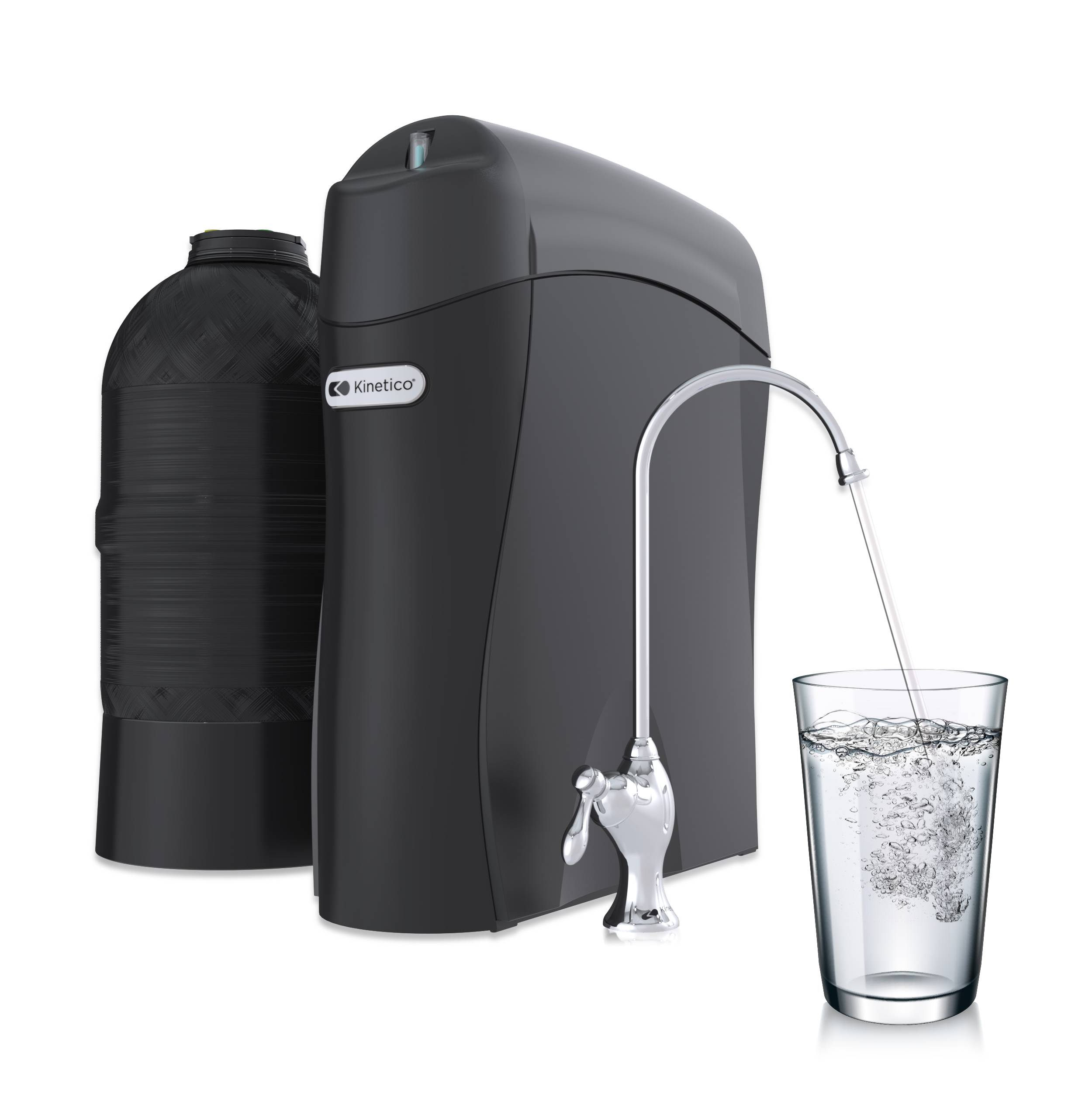What Makes Water “Hard?”
Your water is hard when it has minerals dissolved in it. Usually, these minerals are a combination of Calcium and Magnesium. An old way of describing how much hardness there is is to use “grains per gallon.” If you had five grains per gallon (gpg) and pulled out all the minerals, that amount of hardness would be about the same size as a regular aspirin tablet. A more modern way to describe hardness is in parts per million (ppm), or milligrams per liter (mg/L). One grain of hardness is the same as 17.1 ppm or 17.1 mg/L. I’ll use grains per gallon because that’s still the convention in North America where I live.
If your water has less than one grain of hardness, it is defined as “Soft.” Water with more than one grain of hardness is “Hard,” and can be Slightly Hard (1.0-3.5 gpg), Moderately Hard (3.5-7.0 gpg), Hard (7.0-10.5 gpg), and Very Hard (above 10.5 gpg). Water that has been treated by a water softener, reverse osmosis, or a distiller will be Soft.
Hardness is necessary because it prevents soap from lathering, reduces the effectiveness of detergents, and causes crusty scale because those extra minerals can’t stay dissolved forever. As a result, people with Hard water have to use more soap and detergent to get the job done, and appliances (dishwashers, water heaters, clothes washers, etc.) and fixtures (faucets, showerheads, etc.) don’t last as long as they should.
How Do We Test For Hardness?
In the Laboratory, we add chemicals to the water that give it color, then add another chemical drop by drop until the color changes. The number of drops is a very exact way to find out the number of grains of hardness in the water. This color change test is called “titration.” There are titration test kits available for field use too, and they can be very accurate when you want to know precisely how much hardness is in the water.
In the field, we often use a Soap Test to demonstrate the difference between Hard and Soft waters in a dramatic way. There is an official soap to use, which means its concentration is the same in every bottle, year after year. This standard soap is made so that one drop will create suds in a test tube of water if that water has less than one grain per gallon. If the water needs two drops of soap, it should have about 2 grains of hardness, three drops for 3 grains, and so on. You can get a kit to try this yourself (it’s also a fun demonstration for school science projects) from the source listed below. There are other soap test kits available too – some are listed below as well. You could even try using diluted baby shampoo or dish soap to create your own “standard” solution (it’s best to dilute with Soft water; to do the tests you’ll also need an eye dropper and a container like a small jar with a lid).
There is another simple test called the “Tea Test.” Hardness minerals bind with molecules found in regular tea. Soft water will make a cup of tea that is the classic orange-brown color, and you can easily see the bottom of the cup. The flavor of the tea should be crisp. Hard water will make a suspension of those hardness minerals, which makes the liquid muddy and dulls the flavor.
As a Research Scientist, I have run a series of experiments to investigate claims made by manufacturers of so-called “physical water treatment” devices. These typically rely on a fixed magnet, an electromagnet, or some unique property given to an ion exchange resin. Among the many claims for these physical devices is that they provide water all the features of being Soft without actually removing the minerals. The Soap Test is an easy way for anyone to check out the claim that a device will reduce how much soap is needed. The Soap Test is considered to be fair because the test is standardized to give consistent results, it is widely available, and is reasonably accurate. In this case, we need to see whether the treated water does behave like Soft water; if it takes more than a drop of the soap solution to create rich suds, then the claim is busted.
Test Results
For the Soap Test experiments, I also came up with a way to mix up each test tube in the same way, every time, to be as fair and scientific as possible. Below is a photo of the results from one test, where Hard water (HW), physically treated water (PWT), and Soft water (SW) are compared. The hardness of the HW was 20 grains per gallon. That same Hard water was passed through the physical treatment device to provide the sample used below. The Soft water was made by passing that Hard water through a standard ion exchange water softener. Just one drop of soap was added to each test tube, they were shaken for 3 seconds, and then the photo on the left was taken. The softened water made suds, the Hard water, and physically treated water did not. This test shows that folks who have softened water can use less soap.
Recent independent studies on the effects of softened water on appliances, clothing, detergent use, and carbon footprint, are available online.
More information:
For Water Hardness levels visit: Water Quality Association
Soap Test Kit: Water Conditioning Test Kit, Model SO-1
By: Mark B., Senior Research Scientist
Contact: [email protected]


